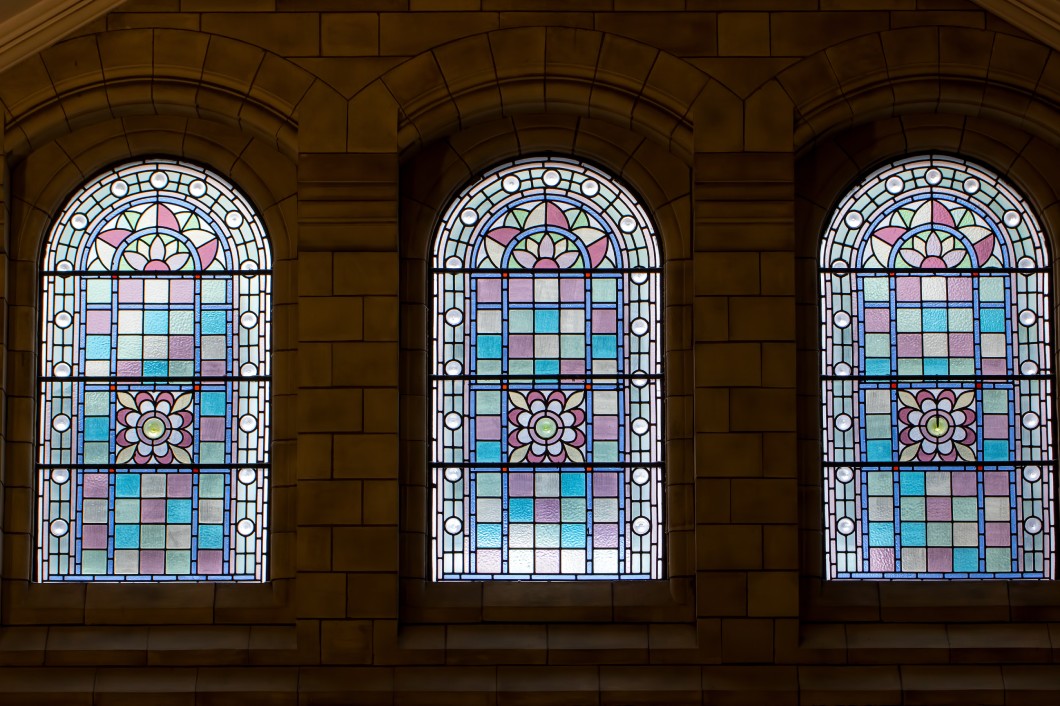Human civilization has always sought innovative ways to build and improve their living spaces, and one such innovation that has significantly shaped architectural development is the glass window. From ancient civilizations to modern skyscrapers, glass windows have not only provided a source of natural light and protection from the elements but also symbolized transparency and connection with the outside world. Read on to learn more with this brief and fascinating history of glass windows.
The Origins of Glass Windows
The earliest forms of windows were not made from glass; more often than not, they were simple openings covered with drapes made from animal hide, cloth, and wood. In ancient Egypt, some buildings featured windows with unglazed openings that were covered with reeds or decorated with intricate latticework to allow light while maintaining privacy. It wasn’t until the Roman era that glass began to be used for windows, albeit in a very rudimentary form. These early glass windows were crude and mostly comprised small, thick panes that were neither clear nor smooth, limiting their transparency but providing some level of protection and insulation.
Medieval-Era Stained Glass
During the medieval era, stained glass became a prominent feature in religious buildings, particularly in grand cathedrals across Europe. These vibrant, colorful windows did more than just allow light into the vast interiors; they served as a medium to convey biblical stories and religious themes to a largely illiterate population. The handiwork involved in creating these stained glass windows was intricate and highly skilled, involving the careful combining of glass pieces, lead, and metal frameworks to develop detailed and expressive imagery. The ethereal quality of light passing through these stained windows added a sense of divine presence and spiritual transcendence.
Glassmaking Improvements During the Renaissance
The Renaissance period was marked by significant advancements in glassmaking techniques, leading to the production of clearer and more uniform glass panes. Innovations such as the development of the broadsheet method, where molten glass was blown into a large bubble and then flattened into large sheets, greatly enhanced the quality and availability of glass windows. This era also saw the rise of Venetian glassmakers, particularly on the island of Murano, who achieved new levels of clarity and artistry in glass production through their unique methods and the use of high-quality materials. These improvements not only allowed for larger and more visually appealing windows but also played a crucial role in the architectural and artistic expressions of the period.
Windows and the Industrial Revolution
The Industrial Revolution brought about groundbreaking changes in the production and widespread use of glass windows. Advancements in manufacturing processes allowed for the creation of larger and more affordable glass panes. These processes involved blowing molten glass into cylinders or spinning it into crowns, which were then flattened into sheets. Mass production became feasible, drastically reducing costs and making glass windows accessible to a broader segment of the population. Additionally, innovations like plate glass and the use of cast iron for window frames enabled the construction of larger and more elaborate windows, transforming both residential and commercial architecture by allowing more natural light and enhancing aesthetic appeal.
So, the next time your business replaces its commercial glass windows or your home needs a window upgrade, take a moment to appreciate this brief and fascinating history of glass windows. From humble beginnings to modern architectural marvels, glass windows have evolved into an essential aspect of our built environment, representing not only functional but also cultural and artistic significance.



